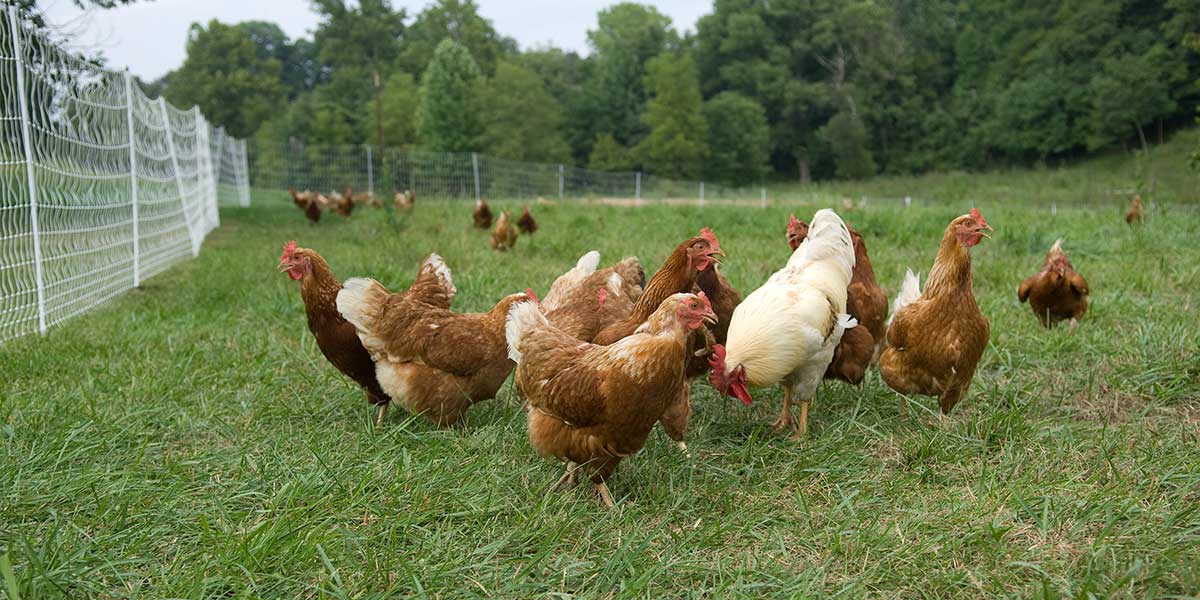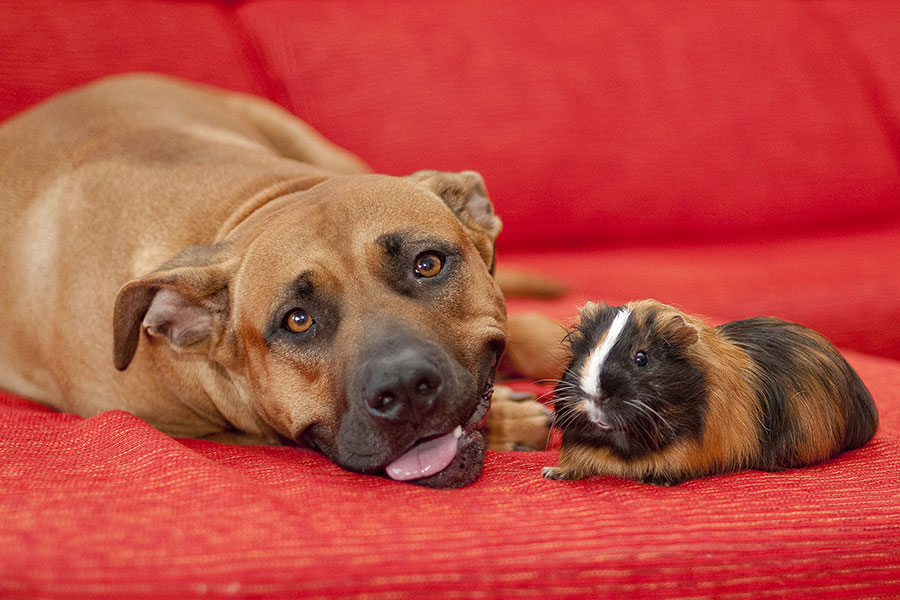We all can get along.
— Rodney King
For many people, nowadays it feels like “knives out” is the new name of the game. Everybody seems to be on edge over one thing or another. In a world where “road rage” is all the rage, publicly expressing a personal opinion is just as likely to win you a round of applause as a punch in the nose. One side hates the other—and for the other side the feeling is entirely mutual.
This is not good.
In these divided times, we do well to heed the words of America’s prophet–poet, Walt Whitman:
I think I could turn and live with animals,
they are so placid and self-contain’d…
One of the important life lessons we humans can learn from the fellow creatures with which we share our planet is simply this: how to get along with each other, no matter our differences.
The Magic of Mutualism
In the animal world, the technical term for this phenomenon is “interspecies friendship.” In the wild, such friendships often take the form of “mutualism”—that is, a symbiotic, biological interaction between two or more species, where each species enjoys a net benefit without a detriment to the other.

One good example of such interactions can be seen in the relationship between clownfish and sea anemones. In this mutual symbiosis, the clownfish drive off butterflyfish (which eat anemones), while the anemone’s venomous tentacles protect the clownfish from their predators.
Similarly, sharks (an apex predator) have evolved not only to tolerate the much smaller pilot fish, but to welcome them. In return for not eating them, the shark relies on the pilot fish to nibble away at the harmful parasites on its skin. Indeed, in a supreme act of trust, pilot fish are even known to enter the shark’s mouth to clean away fragments of food from between their teeth. Of these brave “marine dentists,” Herman Melville wrote in his poem “The Maldive Shark”:
They have nothing of harm to dread,
But liquidly glide on his ghastly flank
Or before his Gorgonian head;
Or lurk in the port of serrated teeth
In white triple tiers of glittering gates,
And there find a haven when peril ’s abroad,
An asylum in jaws of the Fates!
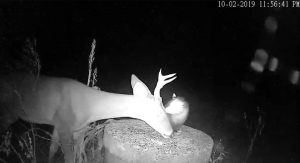
On land as well such ecological mutualism is not at all uncommon, even among mammals of wildly different species. One perfect example is illustrated by a recently viral photo of an opossum eating ticks off the face of a deer.
Ticks spread Lyme disease, which can sicken and even kill deer; but opossums devour ticks like candy, with no ill effects. Win–win for both species!
In like manner, Red Oxpecker birds will climb into a rhino’s ears and onto his toes to peck off the ticks that are irritating him. In this mutualistic relationship, the bird gets ticks to eat, and the rhinoceros enjoys free pest control.
Animals in the Friend Zone
It would be erroneous to mistake such ecological mutualism for “friendship,” at least insofar as humans understand the term. Yet examples abound of interactions among animals of different species that are marked not just by mutual tolerance, but even playfulness and what can only be described as reciprocal affection.
Not surprisingly, such examples are most common among domesticated animals; yet this type of friendship has been observed even among animal pairs not usually known to get along, or where one would ordinarily prey upon the other in nature.
Pet owners who keep both dog(s) and cat(s) in the home are intimately familiar with the seemingly unlikely bond of friendship that can arise between canine and feline, as illustrated by this charming compilation video:
In the world of thoroughbred racing, the practice of keeping a goat (or sometimes a dog, cat, donkey, or other animal) in the stall with a nervous horse has been around for a long time. For some mysterious reason, having a “pet” in the stall seems to have a calming effect on the horse, to the point where the equine and its companion animal (or whatever species) become inseparable for life.
In fact, it seems horses are a popular animal for other animals to become friends with!


And what heart is so hard as to remain unmoved by the friendship between this dog and owl?

Thanks to social media, the list of remarkable animal friendships can go on and on, and it happens everywhere. Just a small sampling would include…
- dolphin and dog (in Ireland)
- deer and cat (in Canada); and
- puppy and duckling (in China).
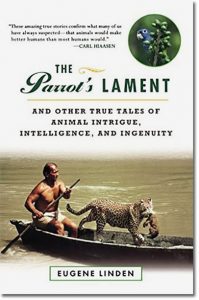 A marvelous book by Eugene Linden—The Parrot’s Lament—documents several such relationships, for example:
A marvelous book by Eugene Linden—The Parrot’s Lament—documents several such relationships, for example:
- a horse and wild turkey, where the horse would bow down his head and allow the turkey to climb on his back
- a timber wolf and two goats, who were kept in enclosures next to each other in the San Diego Zoo and engaged in a playful relationship that involved racing each other back and forth next to the fence separating them
And for some truly exotic interspecies friendships, the 20 listed on this web page—including rat and cat, cat and fox, fox and dog, lion and coyote, cow and tortoise, hippo and tortoise, rhino and lamb, giraffe and ostrich, elephant and sheep, and more—are bound to astound!
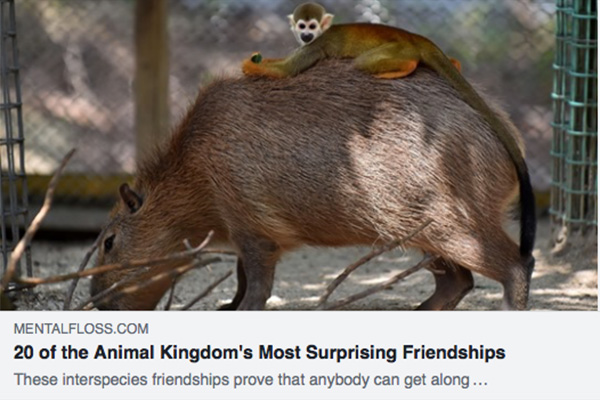
If animals can do it, so can we!
